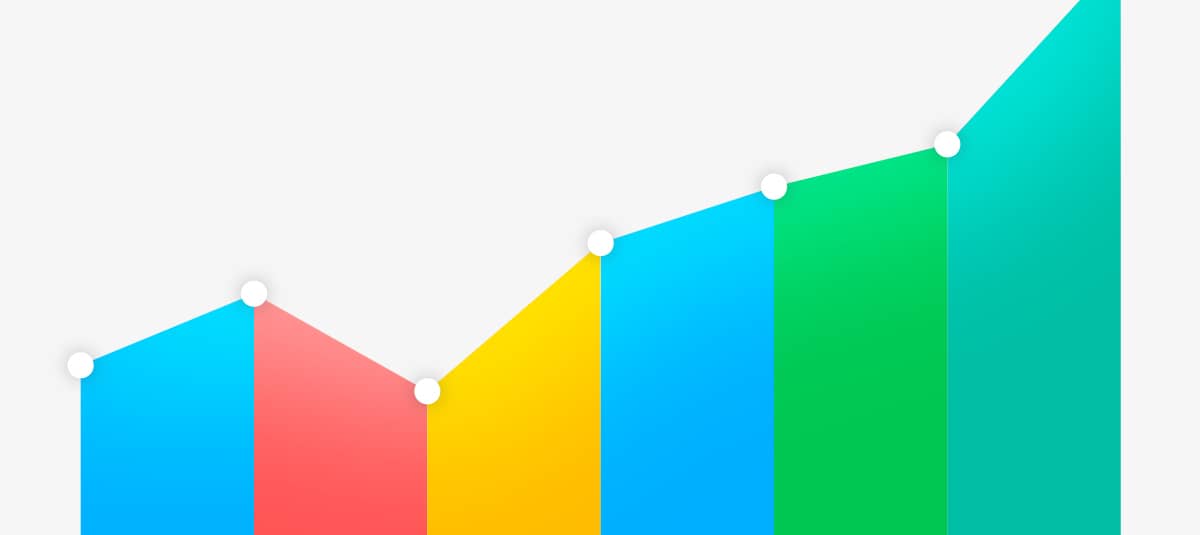Webinar: Google for Nonprofits – How to Maximize Your Free Advertising Spend

Request a Demo
Learn how top nonprofits use Classy to power their fundraising.
When Community Boost CEO Cameron Ripley joined us for part one of our Google for Nonprofits webinar, he walked us through how to best set up the $10,000 AdWords grant from Google. During part two of the webinar, Ripley invited his COO Matt Better to diagram the specific benefits that this $10,000 advertising spend budget can bring your nonprofit.
Mainly, these benefits are related to a common problem the duo notices when consulting with nonprofits. The advertising spend budget awarded to nonprofits isn’t leveraged successfully, which Ripley and Better count as a huge missed opportunity.
However, if your nonprofit effectively maxes out that budget, Google Ad Grants has the potential to be one of your top traffic drivers for your website. Check out a few of our favorite takeaways from the webinar.
Understand How Google’s Algorithm Thinks
Every time you search for something on Google, their algorithm is running behind the scenes. It performs an auction of sorts, wherein it decides what ad to show in which position. This process determines your native ad’s Ad Rank, which is based on:
- Quality Score: This is how Google quantifies the relevance of your ad keyword by assigning it a value between one and 10, with 10 being the most relevant
- Cost per Click (CPC): Having a high quality score leads to cheaper CPC and better positioning in search results
Success here centers on choosing the most relevant keywords, but how do you know which keywords to pick? A good first step is to take a look at your website’s language.
- Which services do you offer?
- What products do you have?
- How are people using keywords to find your organization?
Ripley and Better suggest keeping the initial list of keywords somewhat small to start. That way you’ll be able to manage, track, and organize your different campaigns easier.
For example, you can observe when certain ad groups outperform others. Further, since you allocate your advertising spend budget at the campaign level, this will help you determine which specific campaigns to push funds to and which to phase out.
Get Inside Peoples’ Heads
Throughout the webinar, Ripley and Better reiterate that you have to anticipate the way people think. According to them, people tend to think in four different ways when it comes to searching:
- Explicit: People type in exactly what they’re looking for.
- Problem: People type in the problem that your nonprofit solves.
- Symptom: These keywords describe the symptoms of the problem.
- Branded: People type in the nonprofit’s name.
To illustrate their point, the two bring in a hypothetical nonprofit that works to save the oceans. This is what specific searches, based on the four models of thinking, could look like:
- Explicit: “Organizations saving the ocean”
- Problem: “How to remove trash from the ocean”
- Symptom: “Our oceans are dirty”
- Branded: “Nonprofit’s Name”
Outside of this, you also have to consider the different ways people are going to use words, literally. For example, if you’re dealing with the term “ocean” you can’t ignore that a lot of people often refer to the “ocean” as the “sea”.
Google has a tool called the Keyword Planner, which shows the different ways people use alternative language in their keywords. Beyond that, it suggests keywords, shows monthly search volumes for keywords, and shows how competitive a keyword is.
At the end of the day, the aim for Google is to help users make the most well-informed decision they can. Google will always favor optimized ads over ads that aren’t.
Remember, Google will reward your account by lowering the CPC and giving you better ad position if you have results.
Track the Right Metrics for Ultimate Optimization
Ripley and Better notice that the first thing nonprofits want to track is online donations. Sometimes that’s all they want to track, and while it’s absolutely important it’s not the complete picture.
Nonprofits need to be tracking everything on their website where people can take action, not just online donations. This includes:
- Program inquiries
- Messages submitted on contact pages
- Newsletter signups
- Any downloadable content
This process is helpful when determining what’s working, what keywords are leading to conversions, and how to increase ad performance month over month.
Ripley and Better also recommend that nonprofits focus on negative keyword research, which consists of removing irrelevant keywords triggering your ads. On the opposing side of this is keyword expansion, where you improve your results by seeing what relevant and previously unknown of words are triggering your ads.
Maximize Your Budget to Go PRO
No question about it, there’s a lot to be gained by mastering the maximization of your Google Ad Grants advertising spend budget. Chief among the myriad benefits is that you can shoot for the next tier up: Google Ad Grants PRO.
Instead of $10,000 every month, the PRO level gives you an advertising spend of $40,000–that’s $480,000 in free advertising per year. As a bonus to our webinar, Ripley discusses the application process and what prerequisites you need to have in order to attain the PRO rank. Be sure to listen to the whole thing below to map out your nonprofit’s strategy.
Watch now for the strategies you need to rock Google for Nonprofits
Subscribe to the Classy Blog
Get the latest fundraising tips, trends, and ideas in your inbox.
Thank you for subscribing
You signed up for emails from Classy
Request a Demo
Learn how top nonprofits use Classy to power their fundraising.
 Explore Classy.org
Explore Classy.org 


